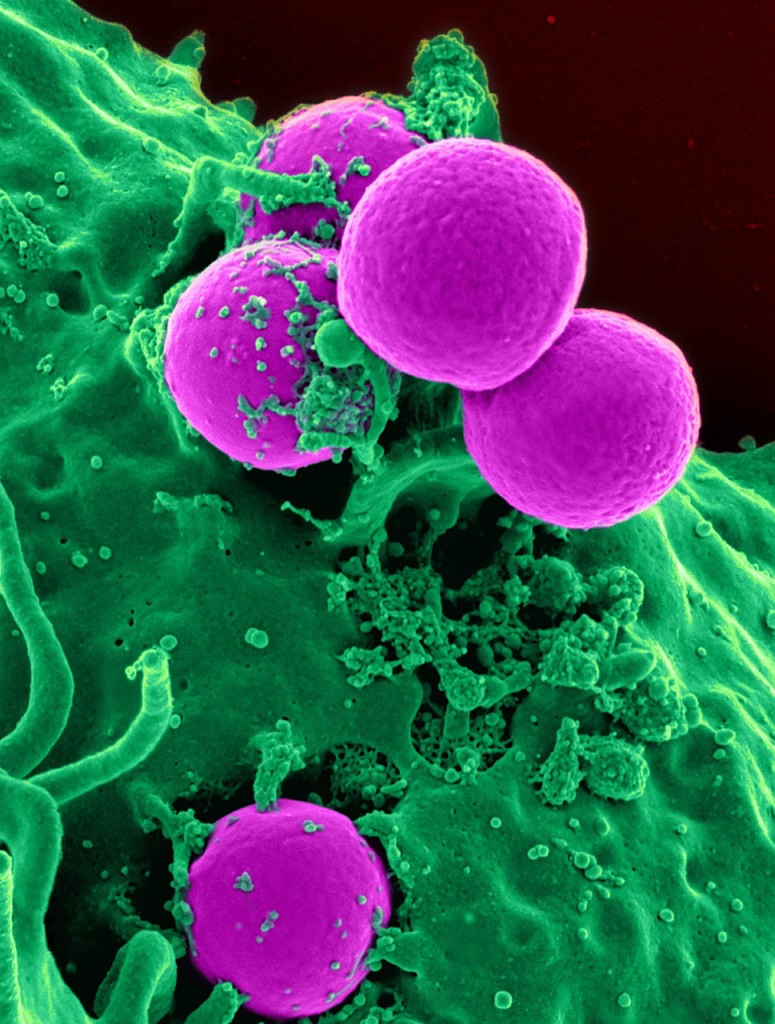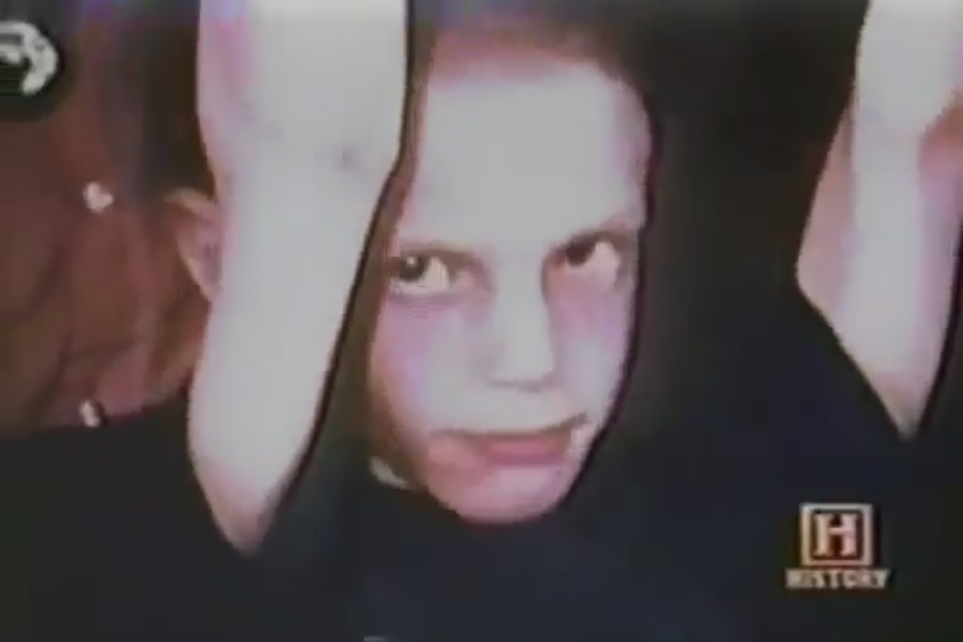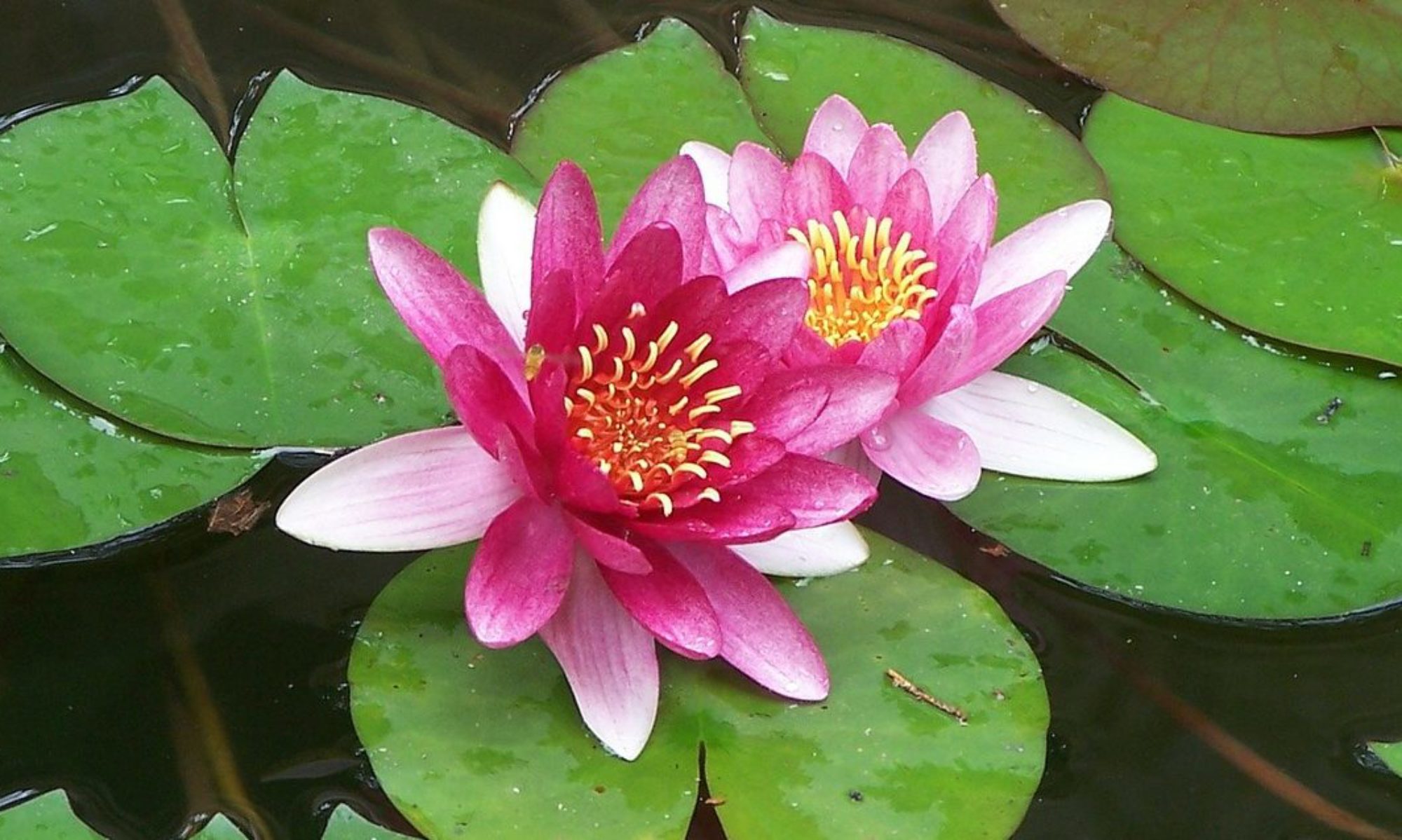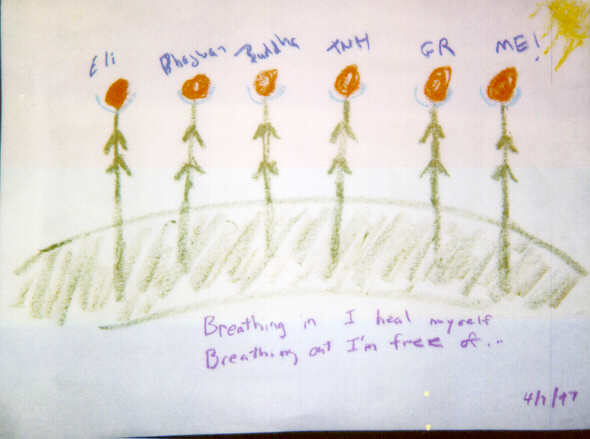Lying still,
Breathing in, breathing out,
Healthy cells grow all by themselves.
I am free of cancer!
 This Zen poem came to me during my guided imagery session on the day of the Vernal Equinox, 1997. It represents the theme of this category (Stop Cancer): Healthy Cells Grow All By Themselves. We have to be willing to allow our bodies to heal themselves by paying attention to our healing process, by paying attention to our breathing. We have to live moment by moment.
This Zen poem came to me during my guided imagery session on the day of the Vernal Equinox, 1997. It represents the theme of this category (Stop Cancer): Healthy Cells Grow All By Themselves. We have to be willing to allow our bodies to heal themselves by paying attention to our healing process, by paying attention to our breathing. We have to live moment by moment.
This category is devoted to cancer patients in general and bladder cancer patients in particular. It traces the symptoms and diagnosis of my bladder cancer from the onset of symptoms to Father’s Day, 1997 and beyond. It is given in frequent articles in diary format so that other sufferers of the disease or any other disease can make use of my experience in whatever way is beneficial to them. Hopefully, my readers will be inspired to take an active role in their own recovery and be willing to participate in their own healing, rather than being at the mercy of the surgeon’s knife. There is a considerable body of evidence that patients who have a positive mental attitude and engage in their own treatment have much better chance of long term survival.
Not everyone will want to do the amount of research I’ve done to find out about my disease, but if you do, the articles in Stop Cancer should give you a good idea of where to start and what resources are available to help you participate in your on healing. I have incorporated a lot of alternative medicine and spiritual practices in my recovery, and I hope to inspire you to do the same.
There are a few bits of background information that you should know in order to understand my motivation for doing this in the way that it is being done. First of all, I was a 57 year old male living in Marin County, California, one of the best places to live in the world, both from a pure aesthetic point of view, and because of its access to medical resources. The University of California at San Francisco Medical Center is just across the Golden Gate Bridge, and Stanford University Hospital is only fifty miles away. Furthermore, Marin General Hospital and its associated medical organizations are among the best in the country. So, right away, I feel that I am blessed to be living here.
Secondly, I am a person with a deep spiritual commitment. My orientation is Buddhist, and my interests lie in Interactive Guided Imagery1 (mind stories), the enneagram, and conscious evolution. Being diagnosed with bladder cancer was a shock to my system of values, but the supportive community I live in combined with my Buddhist outlook has made this period of my life reasonably tolerable.

Thirdly, you should know that cancer runs rampant in my family. My father died of bladder cancer at the age of 86 and my mother died of another form of cancer at the age of 71. In addition, my son, Micah, now 47, survived a stage four Wilm’s Tumor (kidney cancer) which he had in 1976. The key to his survival may have been the use of some of the supplementary medical care techniques described later in this blog, as the surgeon had given him up for dead. Even my surgeon said, “We weren’t saving many stage fours in those days.” My son’s story was told in two episodes of “In Search of…” with Leonard Nimoy in 1976 and 1980.
Finally, my younger sister died of Leukemia in 1968 at the age of 27. With all of this happening, you might think that I was “predisposed” to get the curse.
PLEASE NOTE: This material is copyright(c) 1997-2016, by Dr. Jerome Freedman. All Rights Reserved.
This document is meant to be a description of the author’s experience and he in no way takes responsibility for the accuracy or completeness of any medical knowledge. The author assumes no responsibility for choices made by any of the readers of this material.
The author is not a physician and makes no claims about the potential usefulness of the subject matter herein to have any medical benefit. Please check with your doctor if you find something interesting that you would like to try.
[1] Interactive Guided Imagerysm is a service mark of The Academy for Guided Imagery, Mill Valley, CA.




